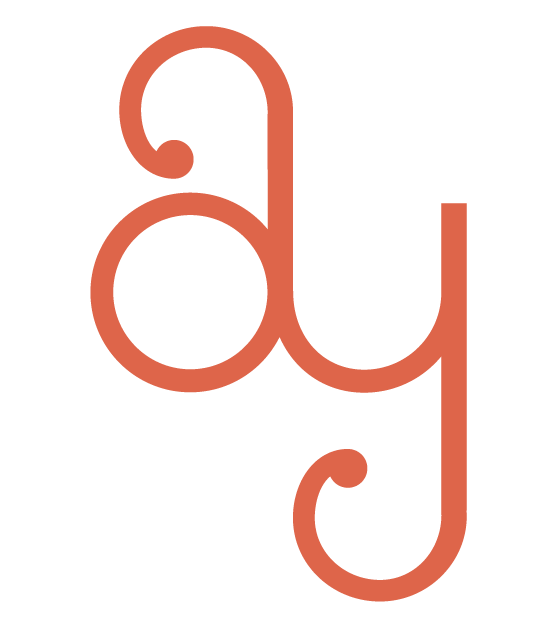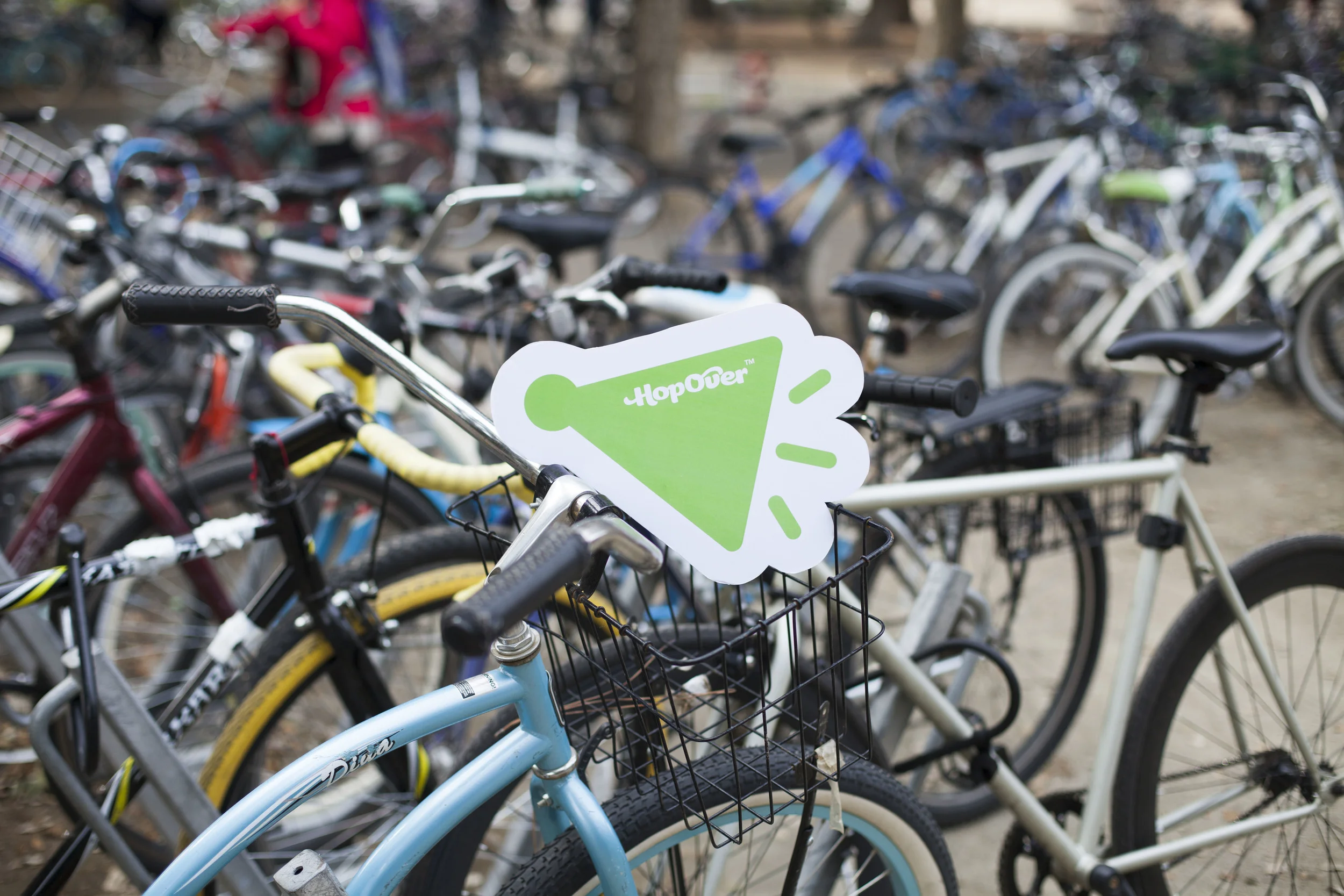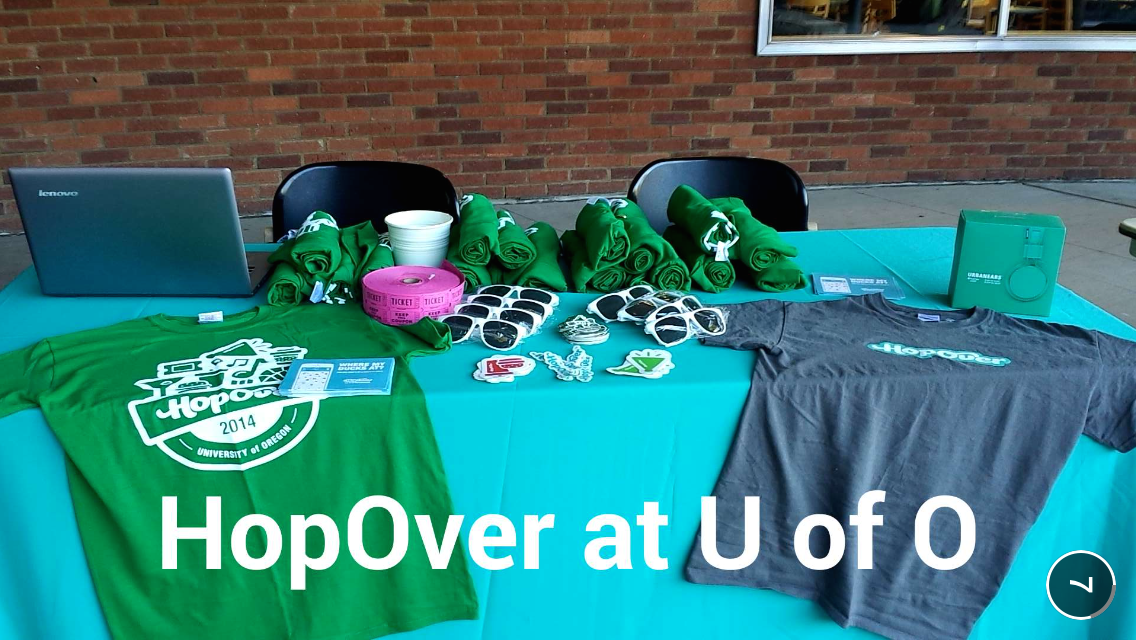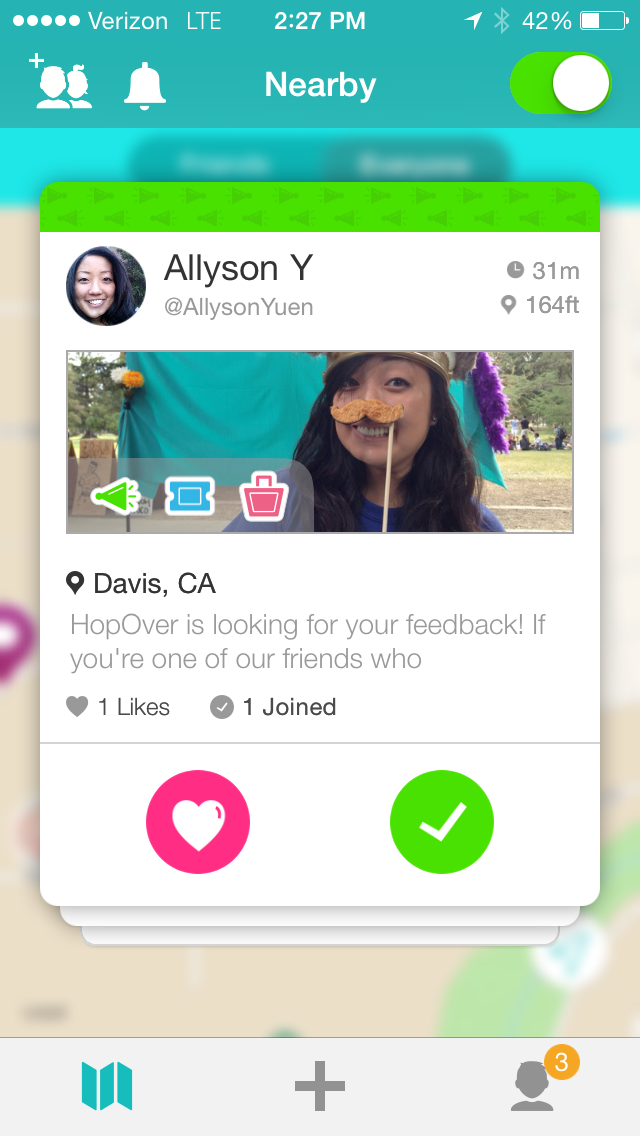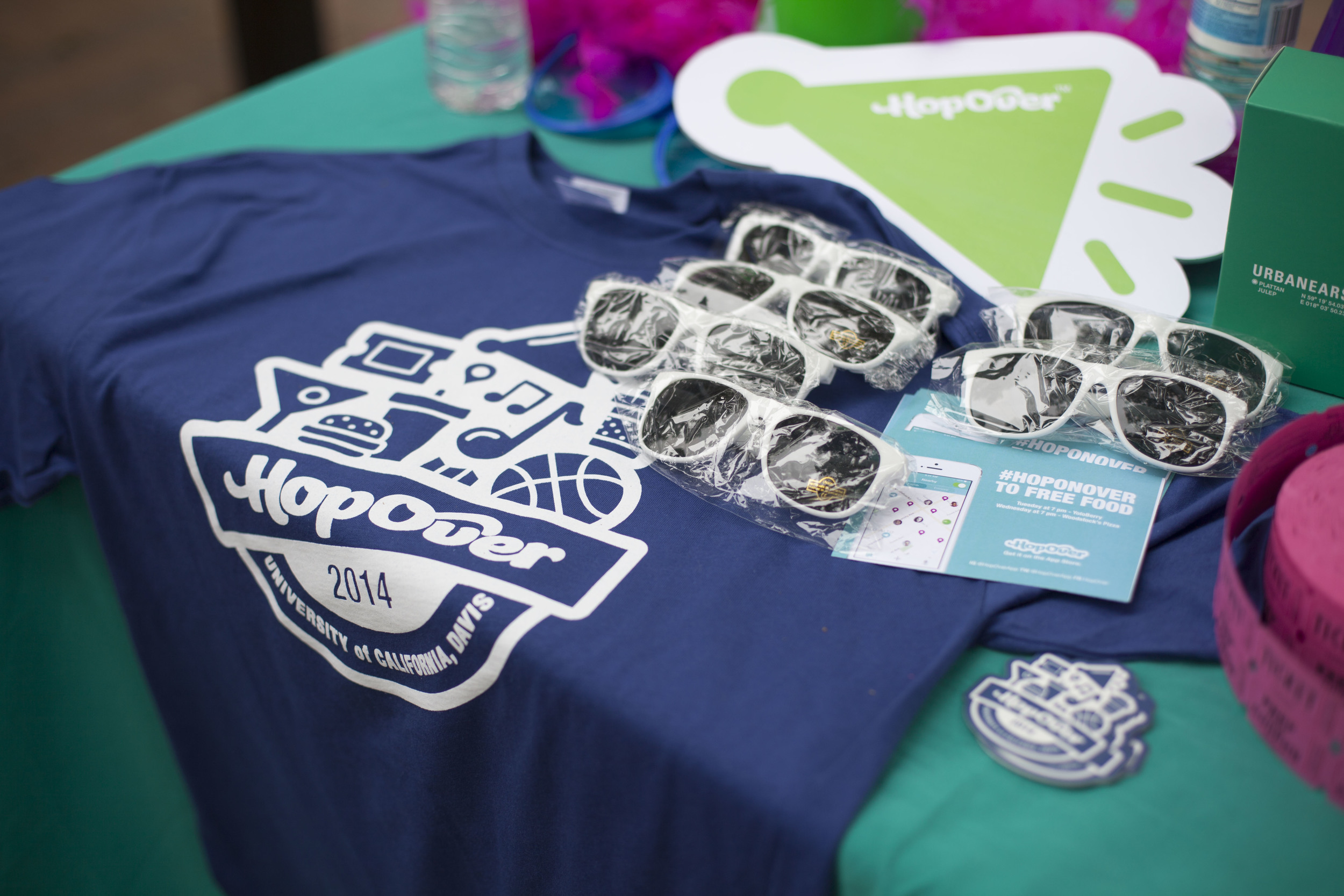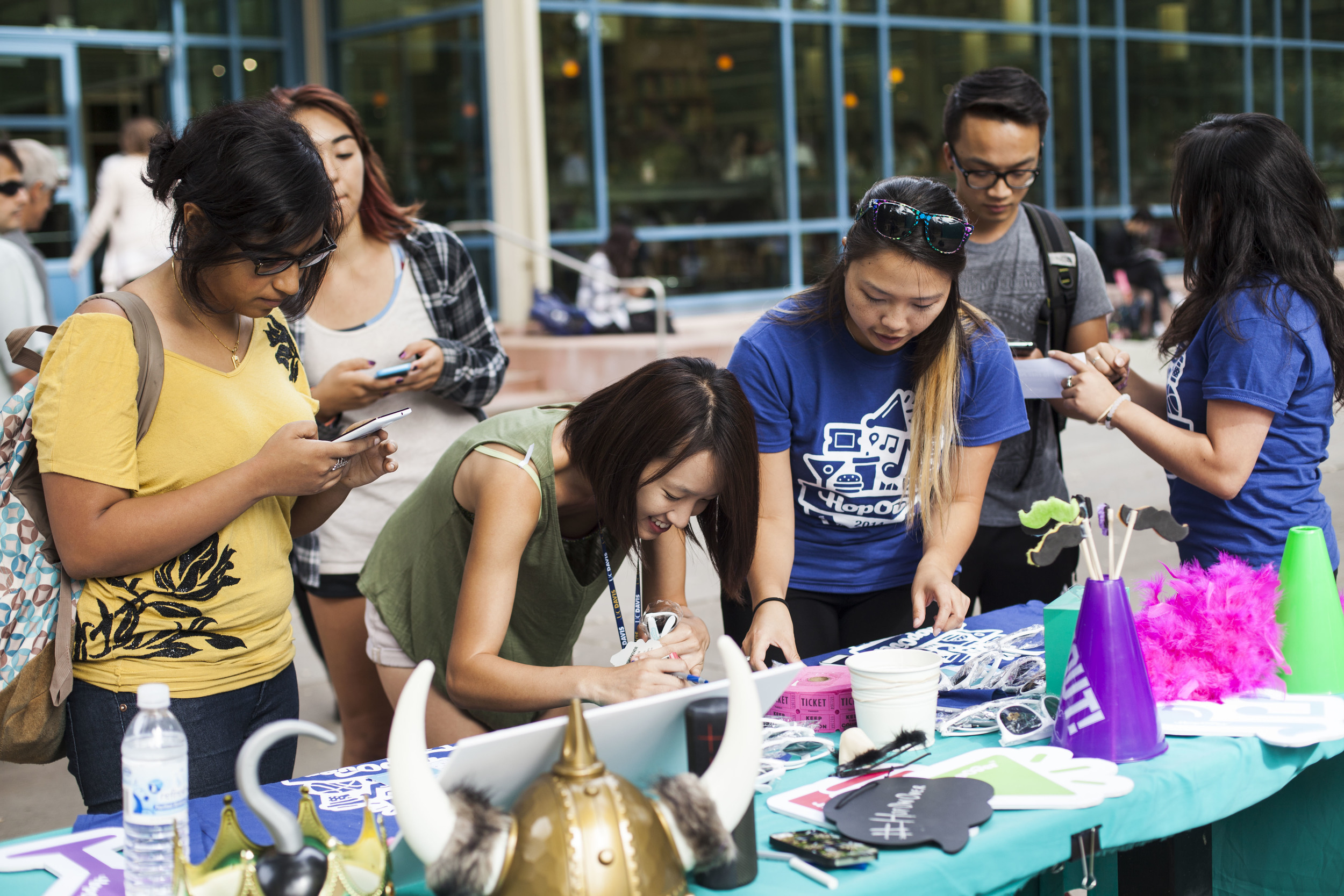Like in any new app fresh to the social, geo-location scene, we quickly realized that no matter how much research we conducted in the design and development of HopOver, there was still much to be learned. Less than a month after launching HopOver, we sent two team members across the Northwest Coast to talk to our new users about how they liked the app.
HopOver's target audience is comprised of 18-24 year olds, iPhone users and socialites. Where else better to find a concentrated mass of millennials? College campuses. Over the course of 6 weeks, our team visited University of Washington, University of Oregon, and University of California Davis.
Campus Visits
One of the goals with the campus visits was to give the app the best chance of overcoming the "cold start" problem. If this app had to be viral, then first time users would have to see familiar faces on the app and adopt HopOver as the app to "be in the know". We saw these campus visits as a hotbed for gaining new users quickly, researching, testing, and determining market value for the first version of HopOver.
We had a blast spreading the word about HopOver around college campuses. Speaking directly with our target audience, and listening to their reactions gave me clarity in how to not only talk about (pitch) the product, but also gain insight on what value the app brings to the lives of others. We received both very positive and very negative feedback and were determined to improve. To incentivize students to give us feedback, we raffled off prizes like headphones or free t-shirts at our tables. We also hosted a froyo night in which we got to sit down with college students and begin brainstorming and co-creating new concepts and iterations of what was to become Version 2 of HopOver.
“Speaking directly with our target audience, and listening to their reactions gave me clarity in how to not only pitch the product I designed, but also gain insight on what value the app brings to the lives of others.”
After the campus visits wrapped up, the Marketing Manager, Social Media Manager/Copywriter and I, sat together to document the qualitative trends we saw in users' responses to the app. This exercise helped us build a vision and critical understanding of our next steps.
Identified Problems
- "No one else is on the map that I know" (Cold start problem)
- "So everyone can see where I am all the time?" (Privacy concerns)
- "Creating a 'Hop' takes a lot of work" (Too complex of a design)
With these challenges in mind, we sought to create an even better iteration of HopOver, aiming to make things more:
Populated, Clear & Simple
For more detailed explanations of how my team and I solved these problems, click on the related links to the next project pages listed above.
A Question-Driven Process:
- What do users actually want to shout out to their friends?
- What will motivate people to create content and complete the feedback loop?
- Can we simplify and strip down the compose feature to one-tap?
- How do people read and use the map to meet up with their friends?
